Discover the most enthralling mythical creatures from folklore and fairy tales — and learn about the legends that inspired them.
Fantastical creatures have captured the human imagination since the dawn of time. Emerging from ancient beliefs, oral traditions, warnings about the dangers of distant lands, and attempts to explain the inexplicable, mythological creatures appear in lore from all over the world.
Sometimes these mythical creatures are peaceful, like unicorns. Other times, they’re frightening, like wendigos or werewolves. And more often than not, these creatures are believed to be incredibly elusive.
Read on to learn about 33 mythological creatures, from the terrifying Pontianak of Southeast Asian lore to the fiery phoenix of Egyptian mythology.
The Loch Ness Monster: One Of The Most Famous Mythological Creatures
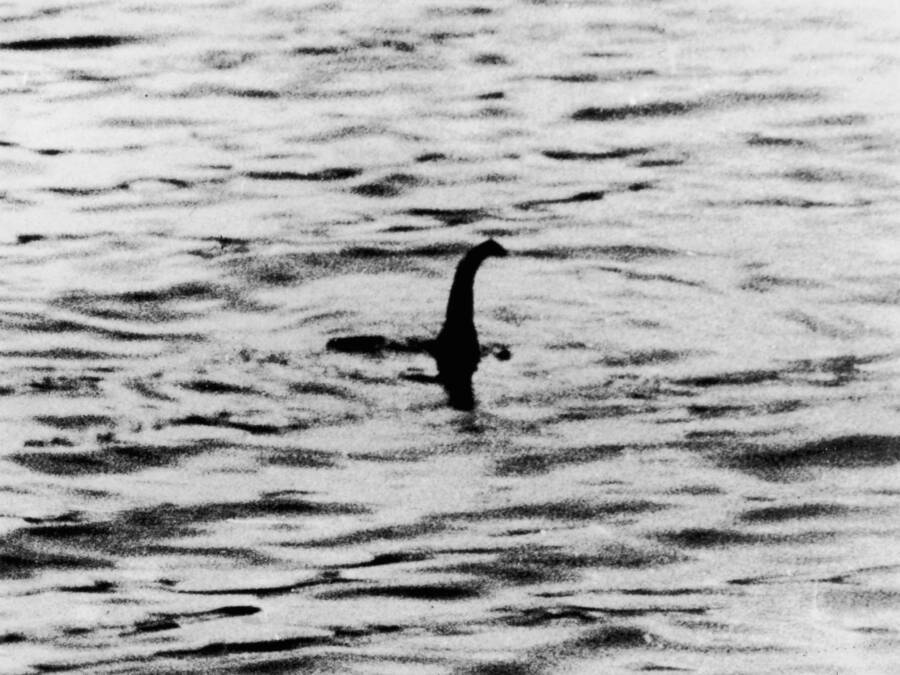
Keystone/Getty ImagesA photograph — later proven to be a hoax — that claimed to show the Loch Ness Monster in 1934.
The story of one of the world’s most famous mythological creatures emerged from a small corner of Scotland near Inverness. There, rumors have long abounded of a long-necked water beast living in Loch Ness: the Loch Ness Monster. Though speculation about the Loch Ness Monster reached a fever pitch in the 20th century, when several purported sightings took place, the legend of the Loch Ness Monster actually dates back to 565 C.E., when an Irish abbot named St. Columba allegedly encountered the creature.
Griffins: The Winged Monsters Of Ancient Myth
With the body of a lion and the wings and beak of an eagle, the griffin has fascinated humans since the dawn of human history. These mythological creatures appeared in stories and art as early as the second millennium B.C.E., first in the Middle East, then across the Mediterranean, and finally in ancient Greek myth. The Greeks believed that griffins lived in distant, unexplored lands and fiercely guarded huge deposits of gold.
Wendigo: The Cannibalistic Creature Of Native American Lore
According to Algonquian mythology, the wendigo started out as a human hunter. Lost and hungry in the forest one night, he turned to cannibalism — and transformed into a ravenous monster, forever trapped in the throes of starvation.
Algonquian legend states that the wendigo is huge, standing about 15 feet tall, with an emaciated body. This monster is sometimes blamed when Algonquian people inexplicably go missing.
Squonk: The Weeping Mythical Creature Of Pennsylvania Lore

Public DomainThe squonk won’t scare anyone — but you might feel bad for it.
Perhaps the most harmless — and most pathetic — mythological creature on this list is the squonk. A tiny, wart-covered “beast” said to hail from Pennsylvania, the squonk spends most of its time weeping about how ugly it finds itself. In fact, squonk “hunters” are advised to look for a tear-stained trail in Pennsylvania’s hemlock forests in order to track it down.
Ogres: Giant Mythological Creatures Who Eat Babies And Children
Big, mean, and always hungry, ogres have existed in mythology for centuries. Their exact origins are debated — a reference to ogres was made in Chrétien de Troyes’ 12th-century Perceval, the Story of the Grail — but these monsters may date back to ancient Roman stories of Orcus, a god of the Underworld. They’re known for their appetite for babies and children, and were most recently portrayed as portly green monsters in the Shrek movies.
The Disturbing Myth Of The Minotaur
One of the better-known Greek myths concerns the Minotaur, a half-bull, half-human monster that guards the Labyrinth and is slain by the hero Theseus. But the Minotaur myth is more disturbing than most people realize. Greek myth states that the Minotaur was born after Poseidon drove a human woman, Pasiphae, to have intercourse with a white bull (to punish Pasiphae’s husband for refusing to sacrifice that bull to Poseidon).
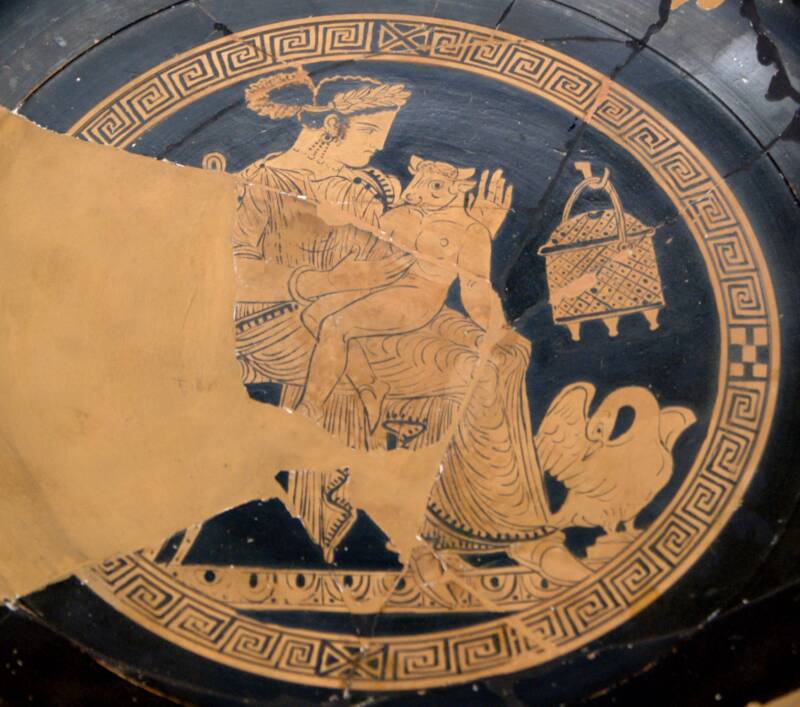
Public DomainAn ancient depiction of Pasiphae and her offspring, the Minotaur.
“She did but pollute herself with her shameful lust,” the Roman philosopher Seneca wrote of Pasiphae’s curse, “and yet her offspring by its two-shaped infamy displayed her crime, though long concealed, and by his fierce visage the hybrid child made clear his mother’s guilt.”
The Gorgons: The Monstrous Sisters Of Greek Mythology
Tales of the Gorgons were first documented between 730 and 700 B.C.E., when the poet Hesiod sat down and wrote Theogony, a poem about the Greek gods. The three Gorgons were sisters, Hesiod explained, daughters of sea deities Phorcys and Ceto, who dwell “beyond glorious Ocean in the frontier land towards Night.” Of the three sisters, Medusa is the most famous. Her hair was made of writhing snakes and she was able to kill men with a single look, until the hero Perseus cut off her head.
The Kraken: The Sea Monster That Could Take Down Entire Ships
Scandinavian folklore tells the story of the Kraken, a monster that dwells in the deep sea. Danish bishop Erik Pontoppidan described this mythical creature in his 18th-century text Natural History of Norway, claiming it was “round, flat, and full of arms, or branches.” Kraken sightings, he writes, can be confirmed by fishermen “without the least variation in their accounts.”

Public DomainFeared by sailors, the Kraken was said to be capable of taking down whole ships.
Though the Kraken mostly preys on fish, it can also target humans — destroying entire ships and dooming all sailors aboard the vessels.
Werewolves: The Howling Monsters Of European Mythology
Vicious and bloodthirsty, werewolves have appeared in mythology from around the world, but primarily in Europe. Often described as humans who turn into wolves, these mythological monsters may have first been described in the ancient Mesopotamian Epic of Gilgamesh before appearing in folklore elsewhere.
Though some werewolves can change into a wolf whenever they want, others have no control over the transformation — and shape-shift involuntarily during a full moon. When in wolf form, they’re usually described as monsters possessed with a desire to kill.
The Chilling Legend Of Black Shuck, A Harbinger Of Death
Adjacent to the werewolf myth is that of Black Shuck, a “devil dog” that has purportedly terrorized the English countryside for centuries. Stories about these terrifying mythological creatures were first documented in the 12th century. These hellhounds are described as being huge and black, with red eyes, and they are believed to be a harbinger of death. As one early 20th-century account states: “it is even said that to meet him is to be warned that your death will occur before the end of the year.”
Vampires: The Most Famous Blood-Sucking Mythological Creatures

Public DomainVampiric monsters first appeared in ancient lore, but our modern image of these mythical creatures took shape in the 19th and 20th centuries.
Like some other mythological creatures on this list, vampires have stalked legends since the beginning of time. A number of ancient cultures had vampiric monsters in their lore; in Egypt, Sekhmet, the daughter of the sun god Ra, had an insatiable thirst for human blood. The modern-day vampire, however, was developed in the 19th century, thanks to penny dreadfuls like Varney the Vampire and Bram Stoker’s iconic 1897 novel Dracula.
Cat-Sìth: The Mythological Feline Of Celtic Lore
In Irish and Scottish mythology, the cat-sìth is described as a huge black cat with a white spot on its chest. Sometimes depicted as a supernatural creature, and sometimes as a witch with the ability to turn into a cat, the cat-sìth is thought to hang around graveyards in hopes of trapping souls still in between life and death. Legend states that a special guard called Fèill Fhadalach could be posed at cemeteries to distract the cat-sìth.
Pukwudgies: The Magical “Little People” Of Native American Legend
Mythical creatures that appear in Chippewa, Wampanoag, Algonkin, Abenaki, and Mohican lore, Pukwudgies are magical “little people” who live in the forest. They’re sometimes described as harmless tricksters, and they’re sometimes depicted as dangerous creatures who can steal children or hurt people who disrespect them. Different tribes ascribe different powers to them: Some claim that Pukwudgies can turn invisible, while others state that they can turn into fearsome animals like cougars.
Unicorns: The Mythological Creatures Linked With Grace And Purity
Today, unicorns are seen as glowing white horses with a single horn. These mythological creatures are often associated with purity and grace, and some legends state that they can only be tamed by virgins. But their origins are murky. Though unicorn-like images date back to ancient times, they may have referred to oxen, donkeys, or rhinoceroses. Indeed, when explorer Marco Polo described seeing a “unicorn” in the 13th century — which was probably a rhinoceros — he was disappointed and wrote, “It is a hideous beast to look at, and in no way like what we think and say in our countries.”
Angrboda: The Norse Giantess Whose Children Were Fated To End The World
The Poetic Edda, a collection of Old Norse poems, introduces a mythological creature called Angrboda. A giantess, she purportedly becomes a lover of the trickster god Loki, and bears him three monstrous children: Hel, Jörmungandr, and Fenrir. Angrboda’s name translates to “the one who brings grief” or “she who offers sorrow,” and for good reason. Legend states that her children will cause Ragnarök, or the end of the world.
The Fiery Story Of The Phoenix

Louvre Museum A 3rd-century depiction of a phoenix in present-day Turkey.
The Roman writer Pliny the Elder described the phoenix as “the size of an eagle” with a purple body and a blue tail with “brilliant golden plumage around the neck.” According to Egyptian legend, this mythical creature would live for about 500 years before going up in flames on the altar of the sun in Heliopolis — after which it would be reborn from its own ashes. Other cultures describe similar creatures, which are thought to symbolize rebirth.
Pontianak: The Vampiric Monster Of Southeast Asian Folklore
Legends from Malaysia, Indonesia, and Singapore describe a female mythological creature called a Pontianak that hunts men. A Pontianak is purportedly created after a woman dies in childbirth, or if she is a victim of male violence. Southeast Asian lore states that these beautiful monsters seduce men and then tear them to pieces as revenge.
The Sad Myth Of Changelings
Mythological creatures from European folklore, changelings were fairies that had been left in the place of human babies. Legend stated that the “real” children had been stolen by fairies to become their servants or to join a fairy family. But the truth behind the myth is much darker. These “changelings” were probably children with deformities or illnesses — which led to many of the so-called “changelings” being killed or abandoned.
Hydra: The Mythological Monster Slain By Hercules
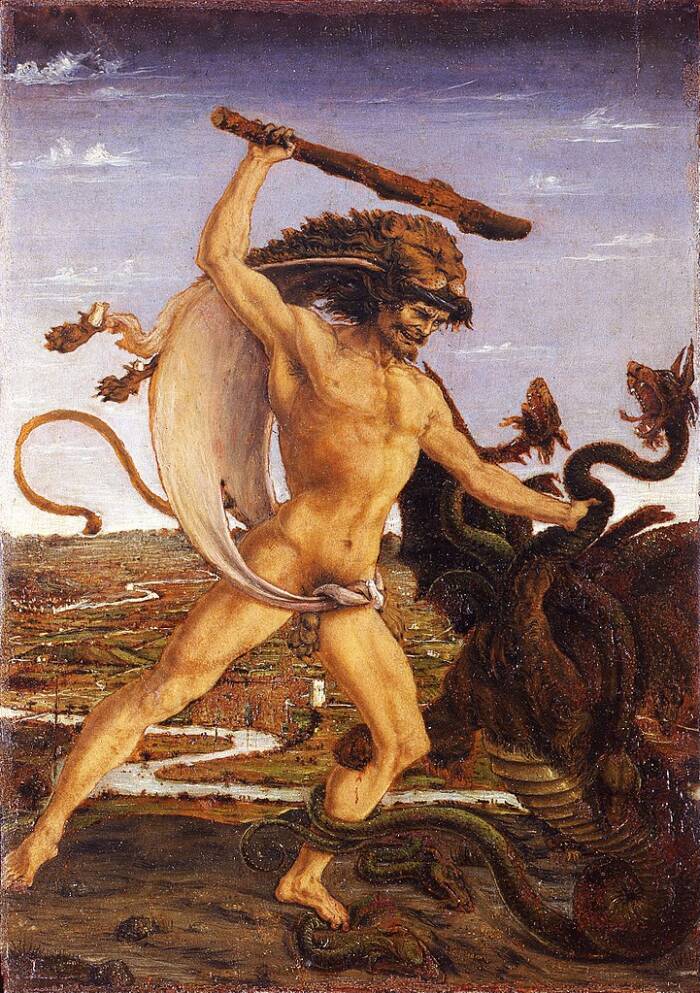
Public DomainThe Hydra plays an important role in the Hercules (or Heracles) legend.
With multiple fierce heads, the Hydra was a formidable monster from Greek mythology. Different sources assign it a different number of heads: Some state that the Hydra had just three heads, while others claim that the monster had as many as 100 heads.
In any case, the Hydra met its end when Hercules (or Heracles) slayed it during his “Twelve Labors.” Afterward, he dipped his arrows in the Hydra’s poisonous blood for future use.
Dragons: The Most Famous Fire-Breathing Mythological Creatures
Giant reptilian beasts that can breathe fire, dragons are some of the best-known mythical creatures. And they’re among the most ancient. References to dragons in art can be traced as far back as 2700 B.C.E. in China and India. Though similar beasts appear across many cultures, the modern image of dragons as fearsome monsters emerged from medieval Europe.
The Screaming Myth Of The Banshee
The banshee is one of the most terrifying monsters of Irish mythology. A spirit who takes the form of a woman (sometimes a young washerwoman and other times an old woman with red eyes), the banshee’s ear-splitting scream is said to signify an imminent death. But even though her wail is a terrifying sound, some versions of the legend state that the banshee’s scream comes out of love and concern — not a desire to frighten.
Centaurs: Half-Human, Half-Horse Creatures Of Greek Myth
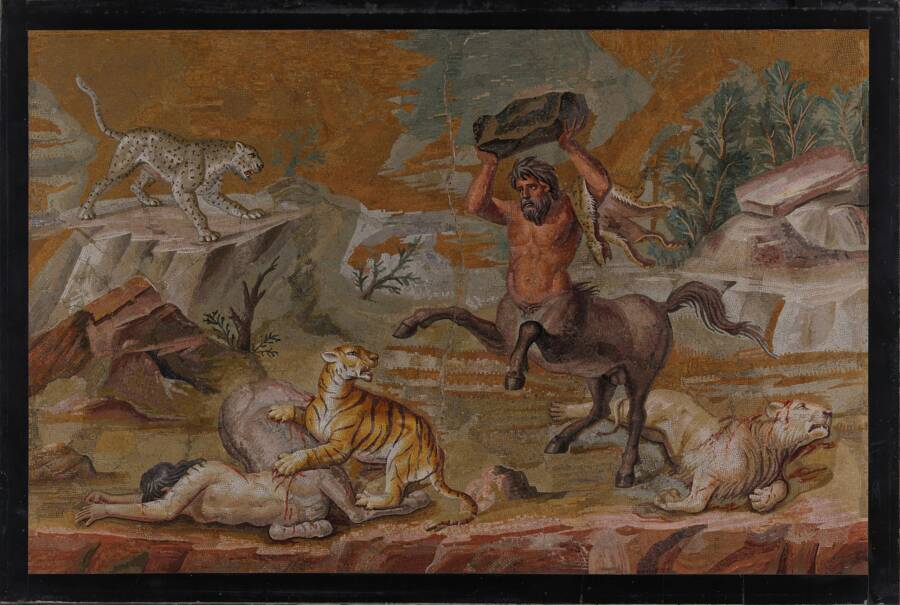
Public DomainCentaurs were described in myth as wild fantasy creatures with a weakness for alcohol.
According to Greek mythology, centaurs were half-human, half-horse creatures that lived in the mountains. They were usually described as wild and lustful, with a weakness for alcohol. One of the most famous centaurs, however, broke this mold: Chiron was said to be wise and a brilliant healer.
The Dybbuk: The Jewish Spirit That Possesses Its Victims
The dybbuk, a spirit from European Jewish folklore, is said to wander the Earth in search of lost souls. Once dybbuks find their prey, they enter their host, cleave their soul in half, and start speaking through their mouth. Stories about the dybbuk first emerged in the 16th and 17th centuries, and may have been a way to explain people suffering from mental illness.
Aqrabuamelu: The Scorpion Creature Of Ancient Myth
Similar to centaurs, the Aqrabuamelu is said to be part man and part scorpion. They appear in ancient Babylonian myths as guardians of Shamash, the god of the Sun. These mythical creatures are also said to guard the underworld.
Basilisk: The Serpentine Creature That Can Kill With A Single Look
Though most people today probably know about basilisks from the Harry Potter series, these mythical creatures don’t usually resemble the massive serpent that’s found in the “Chamber of Secrets.”
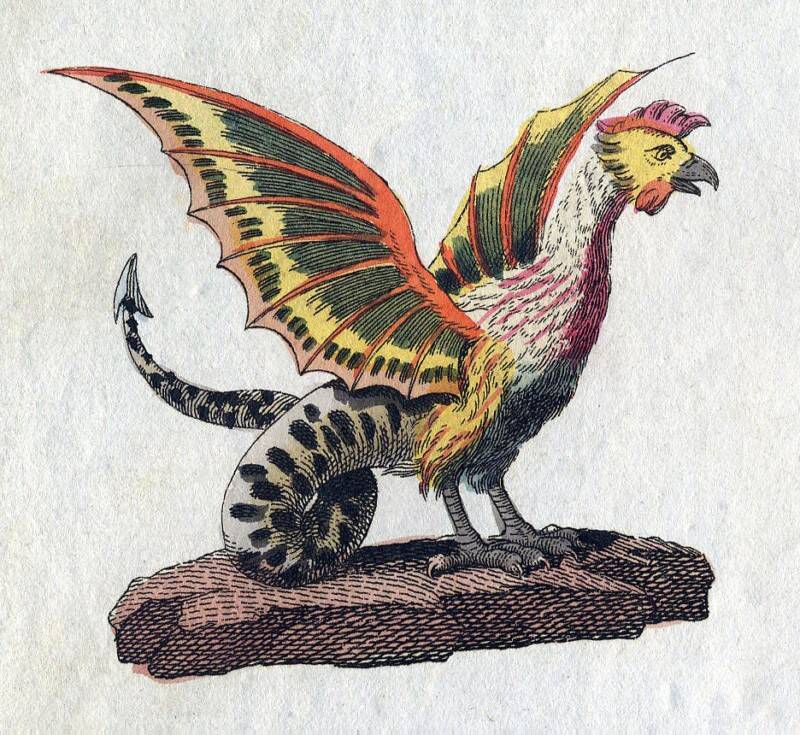
Public DomainBasilisks are most commonly described as a serpent-rooster hybrid.
Pliny the Elder described the basilisk as a small, serpent-like creature “not more than twelve fingers in length,” and later depictions of the monster portrayed it as a rooster-snake hybrid. That said, similarities between the mythical creature of ancient legend and J.K. Rowling’s modern monster do exist: The basilisk is said to be able to kill its victims with its lethal gaze.
Cipactli: The Mythical Creature Of Aztec Lore Whose Destruction Created The World
According to Aztec mythology, Cipactli was an enormous, ravenous sea demon. It was so hungry that it ate everything in sight, so other Aztec gods destroyed it. Afterward, the world sprang from Cipactli’s body. Its head became the heavens, its tail the underworld, and its midsection the Earth.
The Fantastical Story Of The Chimera
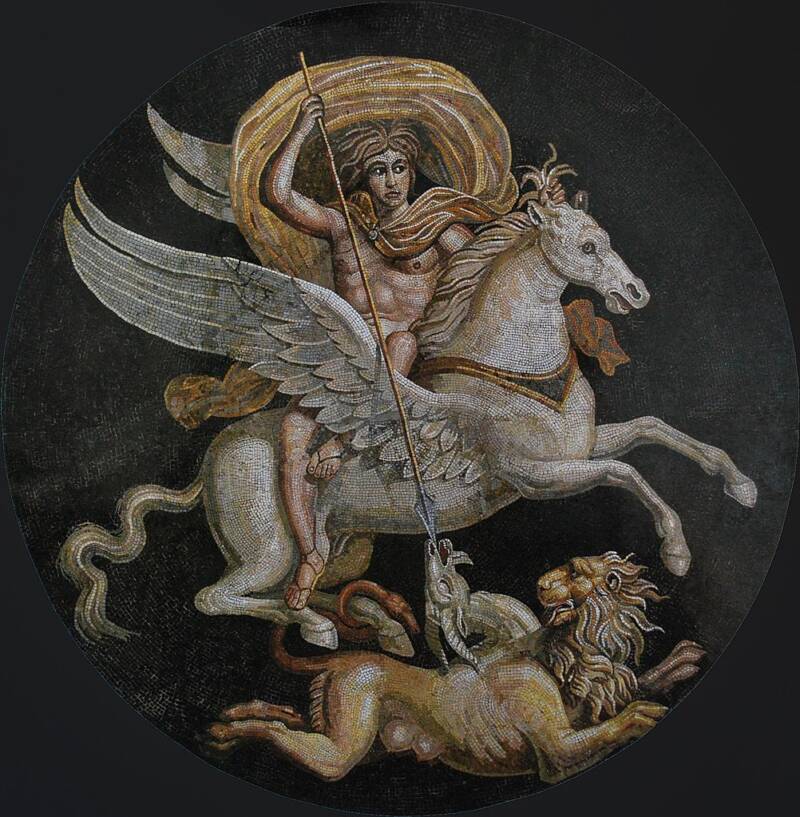
Public DomainA Roman mosaic depicting Bellerophon riding Pegasus and slaying the Chimera. Circa 2nd to 3rd century C.E.
The chimera of Greek myth is a fire-breathing beast said to look like a lion in the front, a goat in the middle, and a dragon in the back. It often has two heads — both a lion’s head and a goat’s head — and sometimes dragon wings. Chillingly, it’s also said to be a sibling of the Hydra.
Golem: The Mythical Creature Of Jewish Legend
The term “golem” is an ancient one, but the legend about this mythical creature took shape in the Middle Ages. Jewish folklore states that golems can be created out of a lifeless substance like dust with the help of ritual incantations. Though golems are initially helpful to their creator, many of them end up becoming a danger to the very person who created it.
The Yeti: The Mysterious Monster Of The Himalayas
Also known as the Abominable Snowman, the Yeti is a huge, ape-like creature said to stalk the Himalayas. It bears a resemblance to other beastly mythological creatures like Bigfoot — and it’s just as elusive. Though attempts have been made to find the Yeti, it has so far evaded detection.
Cyclops: The Infamous One-Eyed Mythical Creature
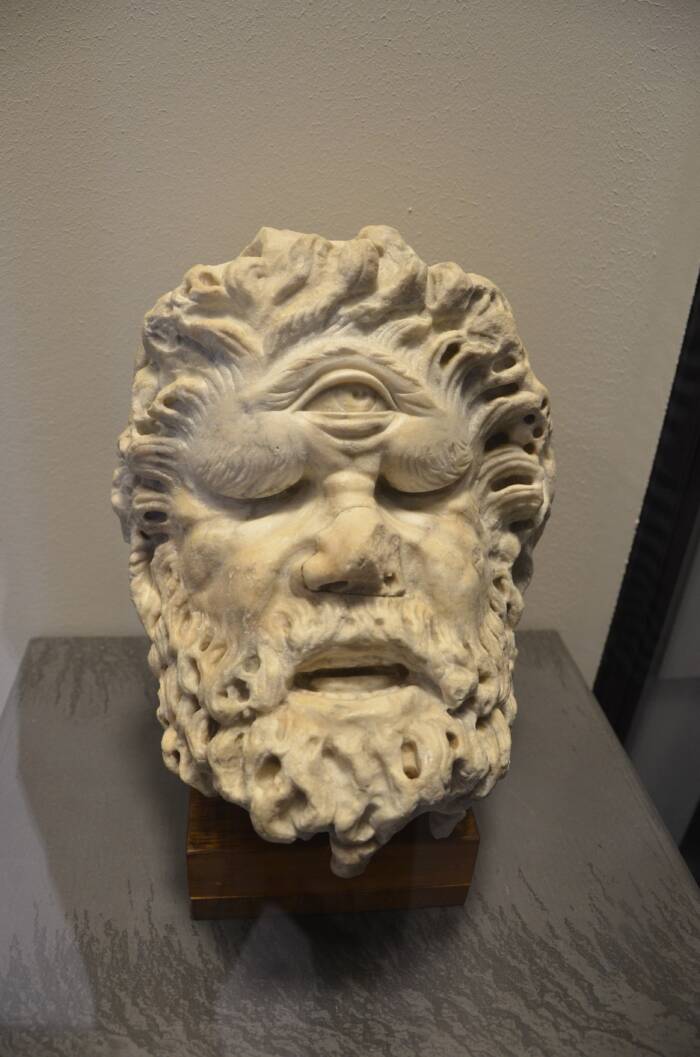
Steven Lek/Wikimedia CommonsPolyphemus, the most famous of the Cyclopes.
The best-known cyclops is Polyphemus, the one-eyed monster who captured Greek hero Odysseus and his men. (In the myth, Odysseus blinds Polyphemus to escape.) But Greek mythology states that the “Cyclopes” are a whole race of creatures who live in distant lands. They’re said to be lawless but efficient — they purportedly even create Zeus’ thunderbolts.
Gnomes: Fantasy Creatures Of European Myth
Gnomes populate people’s gardens today, but these mythical creatures have a long history. The term “gnome” was popularized in the 16th century by Swiss alchemist Paracelsus, who described them in his work A Book on Nymphs, Sylphs, Pygmies, and Salamanders, and on the Other Spirits. They’re universally described as diminutive, and many versions of the gnome legend state that they guard hidden treasure.
Inside The Chilling Japanese Myth Of Oni
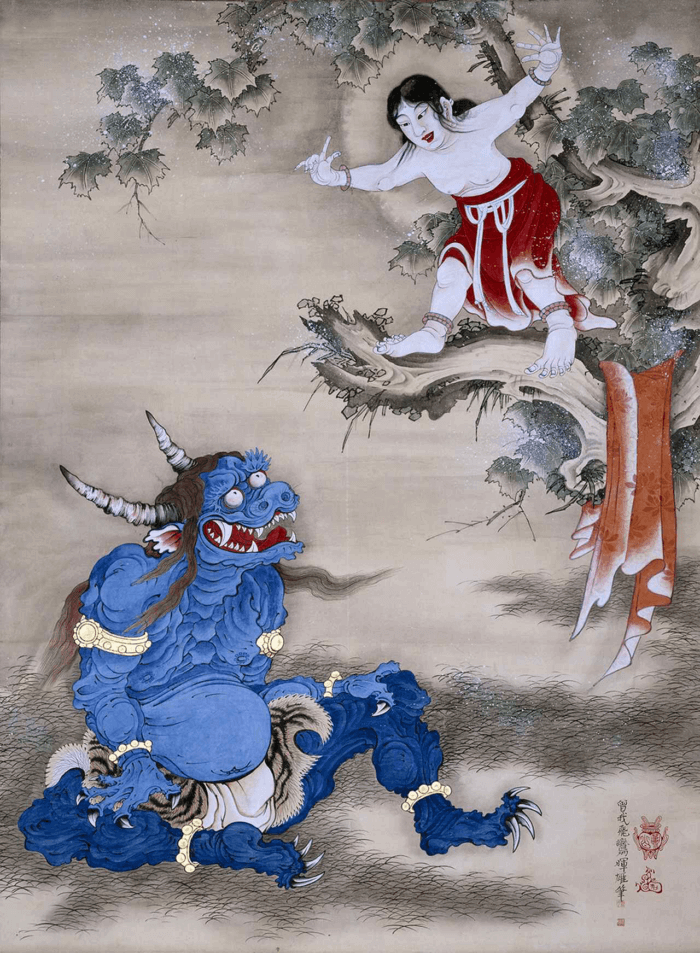
Public DomainOni are terrifying mythical creatures from Japanese lore.
Japanese mythology describes a terrifying demonic beast called “oni.” These mythical creatures are said to be huge, strong, and cruel, and are often depicted with horns and skin that’s blue, black, red, or yellow. Chillingly, they’re also associated with brutal murders and cannibalism.
Mermaids: The Most Famous Mythological Creatures Of The Sea
The final mythological creature on our list is one of the most iconic: the mermaid. Half-woman and half-fish, the mermaid has appeared in ancient myths across different cultures — the earliest being in Syria around 1000 B.C.E. They sometimes represent life and fertility in the ocean, but other times, they represent the mercurial, dangerous nature of the sea.
After reading about these fascinating mythological creatures, look at these drawings of fantastical creatures — that people once believed were real. Or, look through these stories of terrifying Native American monsters.



